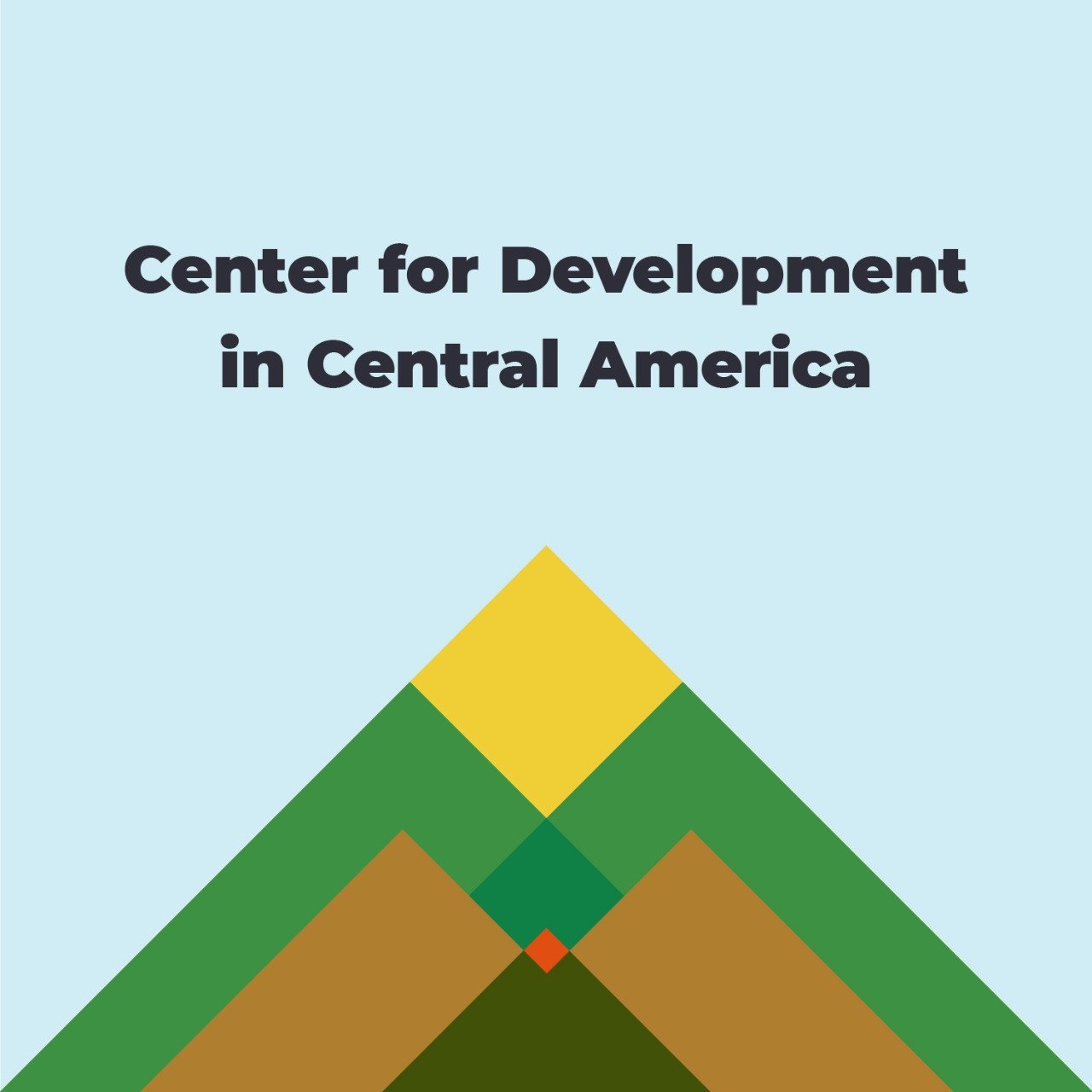From Fish to Funds – How You Can Change Lives with Aquaponics
Fresh catch of the day, with a side of herbs that really seals in the flavor!
Love what we do? We need your help to continue! The JHC-CDCA is has just concluded a visioning process for the next 5 years and to jump start that work, during September we our goal is to raise $50,000 and right now we have a $10,000 matching challenge! Give between now and 30 September and your donation will be matched up to $10,000. You can help through a recurring monthly donation or a one-time donation here. Find out more about our campaign here.
“I have a special way of calling my fish. When I make a sh-sh-sh sound, they come right up to the surface to greet me.”
“I think we can make a better floating bed for the plants out of bamboo, I’ve been watching videos on how they do it in Japan.”
“The most common problem with the pump is the propeller. But if the propeller pin breaks, you can fix it with a lollipop stick.”
Above this cacophony, I try to get the meeting started, but it is harder than you’d think to get the attention of a crowd of people who are passionate about aquaponics once they’ve found their people!
Josefa, Harold, volunteer Tim and I are meeting with the leadership committee for the second phase of our aquaponics project. These are folks who have been running their own family systems and helping others for at least two years. To date, the JHC-CDCA, in coordination with Rotary Clubs, has set up 57 small-scale aquaponics systems in homes and schools in both rural and urban areas of Ciudad Sandino.
The project has trained family members to maintain these systems, which grow fish and plants in a closed system. Tilapia fish are grown in a tank, dirty water from the fish is pumped up into a soil-free grow bed where plants receive nutrients from the fish. Clean water then gravity feeds back into the fish tank, oxygenating the water for the fish. Each system is capable of growing up to 100 pounds of fish and several hundred pounds of vegetables every six months in a space that is two meters square.
These systems have been so successful that 60 additional families have applied to receive an aquaponics system. Funding for the second phase of the project has been approved, and we hope to begin training the new families soon, building on the experience gained by the most successful systems from the first phase of the project.
“If the fish don’t eat all the food you’ve given them, it will fall to the bottom of the tank and you can vacuum it all out with a hose to clean it.”
“I found that if there’s too much food on the ground, I leave them half a day and they will go to the bottom and find the food and eat it, saves me the hassle of cleaning it and the expense of more food!”
“If the electricity goes out, you can keep your fish alive, but you’ve got to change out about one-third of the water every day.”
Our leaders are so passionate that it takes us two hours to get through the meeting – they really want to talk to each other about fish! Josefa and I take turns trying to steer the meeting back on track – selecting the first 15 families – all from Nueva Vida – for the new phase, deciding who will visit the older projects and report back on their state, who will take on the new visits.
In addition to improving families’ nutrition and creating additional sources of income, the thing I love about this project is the multiplication effect – each family that learns to grow fish and food together can’t wait to show others how to do it too. For the second phase, although the university professor who helped us in the first phase will still give the initial trainings, these experienced leaders are the ones who will carry out the visits every two weeks to check on progress and troubleshoot issues with the new participating families.
In our initial site visits, the new participants listen intently to our aquaponics leaders as they share their depth of knowledge, even as we are only identifying which part of a yard is most suitable for the system. Among the new families are women and men, old and young, unemployed and retired. I can already feel the excitement building, I’m gearing up to hear a lot about fish over the next months!
- Becca
Give between now and the 30th of September and your donation will be matched up to $10,000. You can help through a recurring monthly donation or a one-time donation here. Find out more about our campaign here.

